Most of us probably haven’t heard of NAD. And if you have, the chances are it’s not been since school. Here’s a chance to recap on why biology teachers care about this small but powerful compound.
NAD is a molecule found in all living cells (even in bacteria) and it's essential for many important cellular functions. NAD stands for Nicotinamide Adenine Dinucleotide – that long name describes the molecular structure.
NAD works as a coenzyme, a type of molecule that helps enzymes to do their jobs. Enzymes are the proteins responsible for most of the biological functions in your body, from digestion to making energy.
Why is NAD+ important?
NAD+ helps to keep our bodies functioning by helping to generate energy at the cellular level.
In cells, NAD can be found in two forms: NAD+ and NADH – the same molecule but with different chemical properties and functions. NAD+ is the oxidised form, and NADH is the ‘reduced’ form. NAD’s ability to switch between these two forms is what makes it such an important molecule.
What does NAD do?
NAD+ acts like an empty rechargeable battery, ready to pick up a charge. Each molecule of NAD+ is able to pick up two electrons (the ‘charge’) during the breakdown of food. When this happens, NAD+ becomes NADH.
The ‘charged’ NADH is then plugged into the cell’s mitochondria – the powerhouse of the cell – where it releases its stored electrons to help make ATP – the molecule your cells actually use to power movement, repair, and all other functions.
After giving up its charge, NADH is oxidised and becomes NAD+ once more, ready to be recharged again.
This is known as the NAD+ cycle: NAD reverting back and forth between its two forms, NAD+/NADH, like a battery constantly charging and discharging to keep your cells running.1
But NAD+ is also much more than that, playing a role in many processes that take place in our cells. As we age, our bodies use more NAD+, but our ability to make it diminishes. NAD+ decline is a major factor in the progression of many age-related diseases, such as inflammation, neurodegenerative disorders, cardiovascular problems or cancer.

What are the sources of NAD+?
NAD+ is one of the most common metabolites (substances that play a role in metabolism) in the body, and our bodies are very good at maintaining it. Every cell in our bodies makes NAD+, using building blocks called ‘precursors’2. These include:
Tryptophan
The amino acid tryptophan, which is found in meats like turkey, can be transformed into NAD+. But it’s not an efficient way, and only significant when our bodies have tryptophan to spare, since it’s used in many other pathways. Plus, many of us only eat turkey about once a year!
Vitamin B3 from food
Vitamin B3 (also known as niacin) is also a good precursor of NAD+. Although we talk about vitamin B3 as one molecule, there are several forms of vitamin B3: nicotinamide (NAM), nicotinic acid (NA) and nicotinamide riboside (NR). We get vitamin B3 from multiple foods, such as legumes, nuts, whole-grain cereals, fish or milk.3
Through multiple chemical reactions, our bodies are able to transform those vitamin B3 types from food into NAD+. But we can also get additional vitamin B3 from food supplements:
Nicotonic acid (NA)
NA is one of the main forms of vitamin B3, converted into NAD+ in the body. NA supplementation can increase NAD+ production, but it can cause skin flushing in sensitive individuals at high doses (20mg/day).4
Nicotinamide (NAM)
Another vitamin B3 form commonly found in supplements, NAM is also converted into NAD+ in the body. NAM doesn’t cause flushing, so it might be a preferred option. But it’s unclear whether NAM can have a positive or negative effect on sirtuins – proteins that help keep cells healthy – so it might not be as helpful for cellular function as hoped.5
Nicotinamide Riboside (NR)
NR is perhaps a lesser known form of vitamin B3, and was only discovered as a precursor to NAD in 2004. NR supplementation has been shown in studies to increase NAD+ levels without affecting sirtuins in as little as two weeks.6
Nicotinamide MonoNucleotide (NMN)
NMN is another molecule that can be used to make NAD+. NMN is not a form of vitamin B3, but it is also found in some foods like broccoli, cabbage or avocado.7 Although there are some positive studies for NMN, it's still unclear how much you need to support NAD production.
Can I just take NAD+ directly, instead of a precursor?
Although not easy to buy in the UK, there are some NAD+ supplements in the market that include the NAD+ molecule itself. However, taking NAD+ directly won’t make any difference to your body’s NAD+ levels as it degrades quickly outside the cell.8
How can I improve my NAD+ levels?
Simple lifestyle changes can help your body to maintain NAD+ levels for longer.
Calorie restriction has been shown among other benefits, to help with lowering oxidative stress, a major component of ageing. High oxidative stress leads to high NAD+ consumption.15
Fasting has also been shown to improve NAD+ levels in the body. We’re not talking about dieting here – just avoiding overindulgence. Eating sensibly most of the time is also important: focus on giving your body what it truly needs.
Moderate exercise has also been shown to increase NAD+ levels.9 However, over-exercising can have the opposite effect.
Supplementation with NAD+ precursors such as NR can also help to increase NAD+ levels.10
The Science behind NAD
NAD energy in metabolism
Like most animals and plants, our bodies prefer to use the mitochondria (the powerhouse of the cell) to generate ATP (Adenosine 5’-Triphosphate), our main source of cellular energy.
In the mitochondria, enzymes called oxidoreductase are involved in a series of reactions that involves the transfer of electrons between molecules. These chemical reactions are called redox reactions, and they are essential for the function of metabolism. At the end of the chain, an enzyme called ATP synthase will use the electron transfer ability of NAD+/NADH to generate the energy in the form of ATP.
Another metaphor for the NAD+/NADH electron transfer is a water mill, with the NAD+/NADH being the water current: if the current is slow (ie, if we don’t have enough NAD+/NADH) then the mill will turn slowly and won’t generate much power (ie, it won’t make much ATP). If the current is quicker and it can turn the mill faster, it will generate as much power as you need.
 NAD and cellular regulators – sirtuins and PARPs
NAD and cellular regulators – sirtuins and PARPs
As a helper molecule (known as a cofactor), NAD+ supports a variety of other cellular processes as well. For example, it helps enzymes called sirtuins and PARPs to work.
Sirtuins
Sirtuins are enzymes that influence important functions such as gene regulation – controlling which genes are active, and energy metabolism regulation – managing how cells use energy, and helping cells survive under stress.
So far, several sirtuins have been described in mammals (SIRT1-7), and they all need NAD+ to function.11 .
Researchers became very interested in sirtuins when an experiment showed that in the budding yeast (Saccharomyces cerevisiae), increasing the amount of Sir2 (the sirtuin enzyme in yeasts) could extend their lifespan by as much as 70% 12 .
Similar results have been obtained in other animals such as the roundworm (C. elegans), the fruit fly (Drosophila melanogaster) or mice. Of course humans are much more complicated than those other organisms, and although many more studies are still needed, activation of sirtuins through lifestyle changes can have some benefits on improving human lifespan 13 .
Sirtuin activity is regulated at multiple levels and by many factors, but they need NAD+ to function, so not having enough NAD+ could affect their function in the long run.
PARPs
PARPs (Poly (ADP-Ribose) Polymerase) are a family of enzymes whose job is to transfer the molecule ADP-ribose into other proteins. PARP proteins have a key role in DNA repair and in cell death. These two processes are very important in the body, in particular for cancer prevention.14
The power of NAD
NAD+ may be a small molecule, but it plays a huge role in keeping our cells energised, healthy and resilient. From helping to power our metabolism to supporting DNA repair and cell survival, NAD+ is involved in many of the processes that keep us going every day. While our natural levels decline with age, simple lifestyle choices and the right nutrients can help support this essential molecule and, in turn, our long-term wellbeing.
References
1. P. Raven and G. Johnson, Chapter 9, “Biology,” 6th Edition, Mc-Graw-Hill Companies, New York, 2002.
2. Zapata-Pérez R, Wanders RJA, van Karnebeek CDM, Houtkooper RH. [NAD+ homeostasis in human health and disease](https://pubmed.ncbi.nlm.nih.gov/34041853/) EMBO Mol Med. 2021 May 27:e13943.
3. EFSA NDA Panel (EFSA Panel on Dietetic Products, Nutrition and Allergies). [Scientific opinion on dietary reference values for niacin. EFSA Journal. 2014; 12(7):3759](https://www.efsa.europa.eu/en/efsajournal/pub/3759)
4. [Tolerable Upper Intake Levels for Vitamins and Minerals (2006).](https://www.efsa.europa.eu/sites/default/files/efsa_rep/blobserver_assets/ndatolerableuil.pdf) EFSA Scientific Committee on Food, Scientific Panel on Dietetic Products, Nutrition and Allergies.
5. Hwang ES, Song SB. [Nicotinamide is an inhibitor of SIRT1 in vitro, but can be a stimulator in cells.](https://pubmed.ncbi.nlm.nih.gov/28417163/) Cell Mol Life Sci. 2017;74(18):3347-3362.
6. Mehmel M, Jovanović N, Spitz U. [Nicotinamide Riboside-The Current State of Research and Therapeutic Uses.](https://pubmed.ncbi.nlm.nih.gov/32486488/) Nutrients. 2020;12(6):1616.
7. SK, Sifat AE, Haque S, Nahid NA, Chowdhury S, Mehedi I. [Nicotinamide Mononucleotide: Exploration of Diverse Therapeutic Applications of a Potential Molecule.](https://pubmed.ncbi.nlm.nih.gov/30669679/) Biomolecules. 2019;9(1):34.
8. Kimura N, Fukuwatari T, Sasaki R, Shibata K. [Comparison of metabolic fates of nicotinamide, NAD+ and NADH administered orally and intraperitoneally; characterization of oral NADH.](https://pubmed.ncbi.nlm.nih.gov/16802695/) J Nutr Sci Vitaminol (Tokyo). 2006;52(2):142-8
9. Costford SR, Bajpeyi S, Pasarica M, Albarado DC, Thomas SC, Xie H, Church TS, Jubrias SA, Conley KE, Smith SR. [Skeletal muscle NAMPT is induced by exercise in humans.](https://pubmed.ncbi.nlm.nih.gov/19887595/) Am J Physiol Endocrinol Metab. 2010;298(1):E117-26.
10. Conze D, Brenner C, Kruger CL. [Safety and Metabolism of Long-term Administration of NIAGEN (Nicotinamide Riboside Chloride) in a Randomized, Double-Blind, Placebo-controlled Clinical Trial of Healthy Overweight Adults."](https://pubmed.ncbi.nlm.nih.gov/31278280/) Sci Rep. 2019;9(1):9772
11. Kane AE, Sinclair DA. [Sirtuins and NAD+ in the Development and Treatment of Metabolic and Cardiovascular Diseases.](https://pubmed.ncbi.nlm.nih.gov/30355082/) Circ Res. 2018;123(7):868-885.
12. Kaeberlein M, McVey M, Guarente L. [The SIR2/3/4 complex and SIR2 alone promote longevity in Saccharomyces cerevisiae by two different mechanisms.](https://pubmed.ncbi.nlm.nih.gov/10521401/) Genes Dev. 1999;13(19):2570-80.
13. Grobowska W, Sikora E, Bielak-Zmijewska A. [Sirtuins, a promising target in slowing down the ageing process.](https://pubmed.ncbi.nlm.nih.gov/28258519/) Biogerontology. 2017;18(4):447-476
14. Morales J, Li L, Fattah FJ, Dong Y, Bey EA, Patel M, Gao J, Boothman DA. [Review of poly (ADP-ribose) polymerase (PARP) mechanisms of action and rationale for targeting in cancer and other diseases.](https://pubmed.ncbi.nlm.nih.gov/24579667/) Crit Rev Eukaryot Gene Expr. 2014;24(1):15-28.
15. Massudi H, Grant R, Guillemin GJ, Braidy N. [NAD+ metabolism and oxidative stress: the golden nucleotide on a crown of thorns.](https://pubmed.ncbi.nlm.nih.gov/22340513/) Redox Rep. 2012;17(1):28-46.
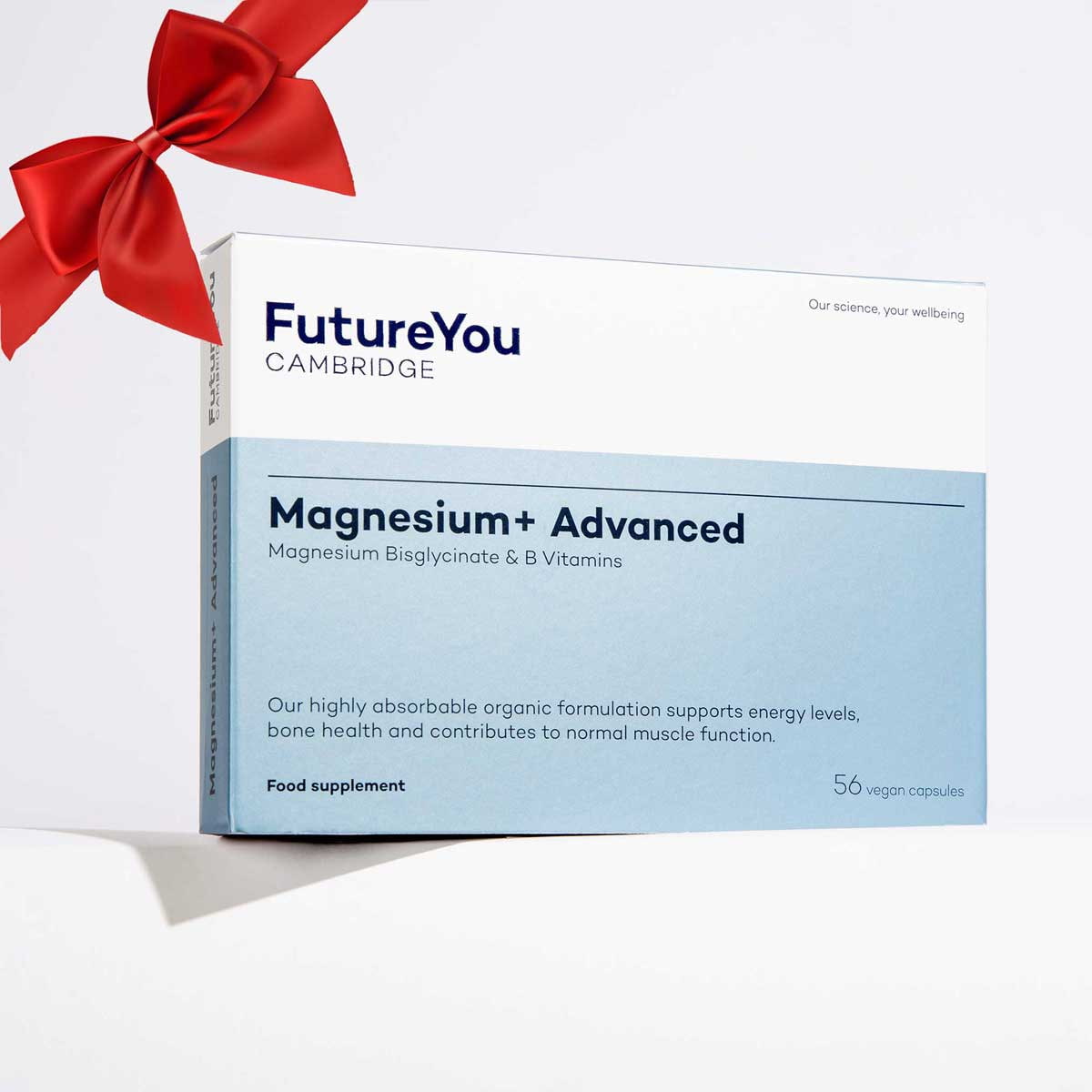
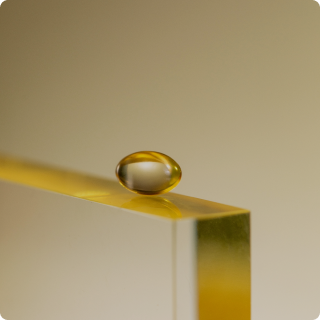

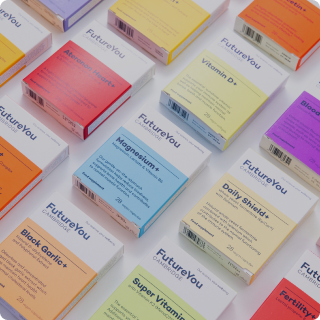
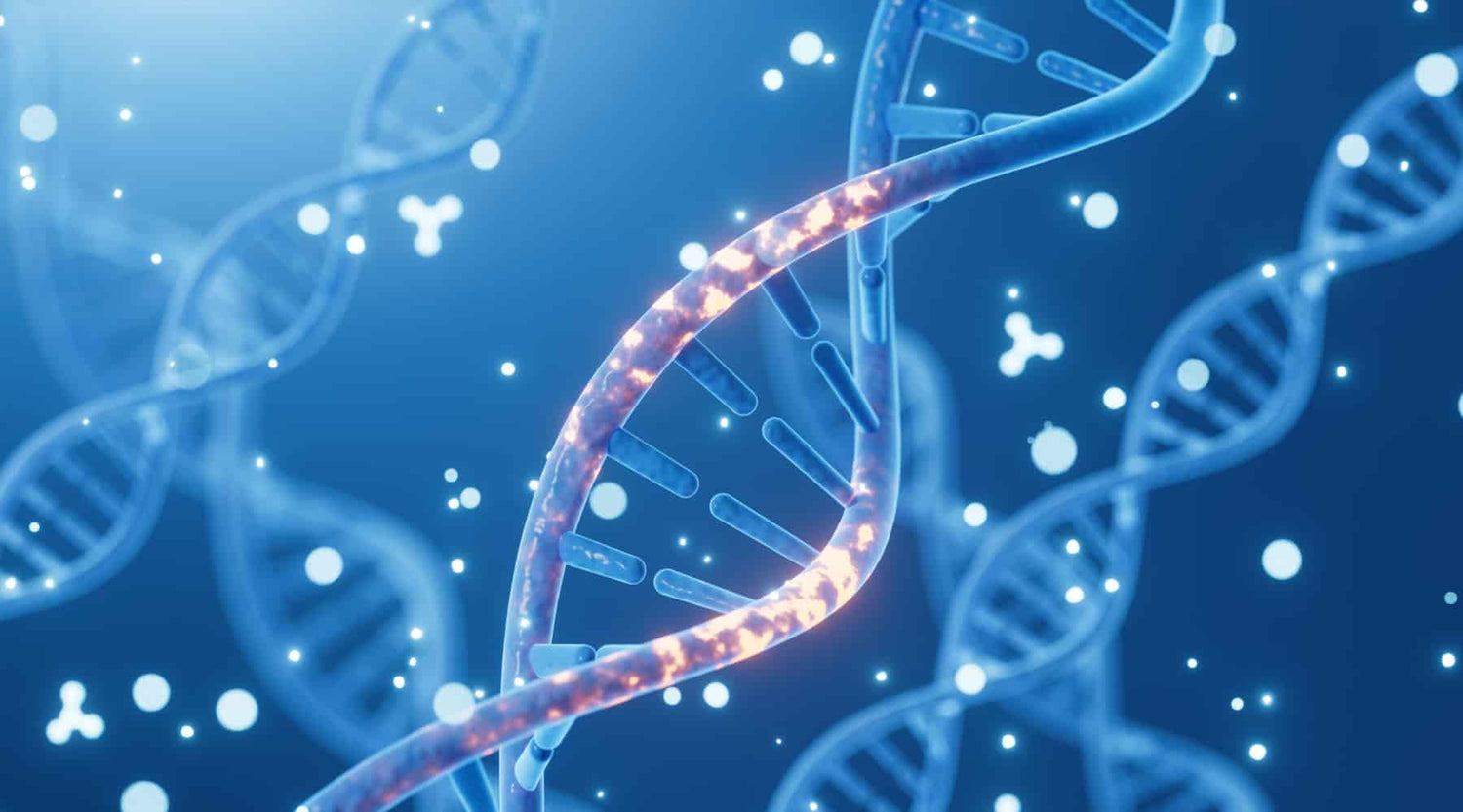



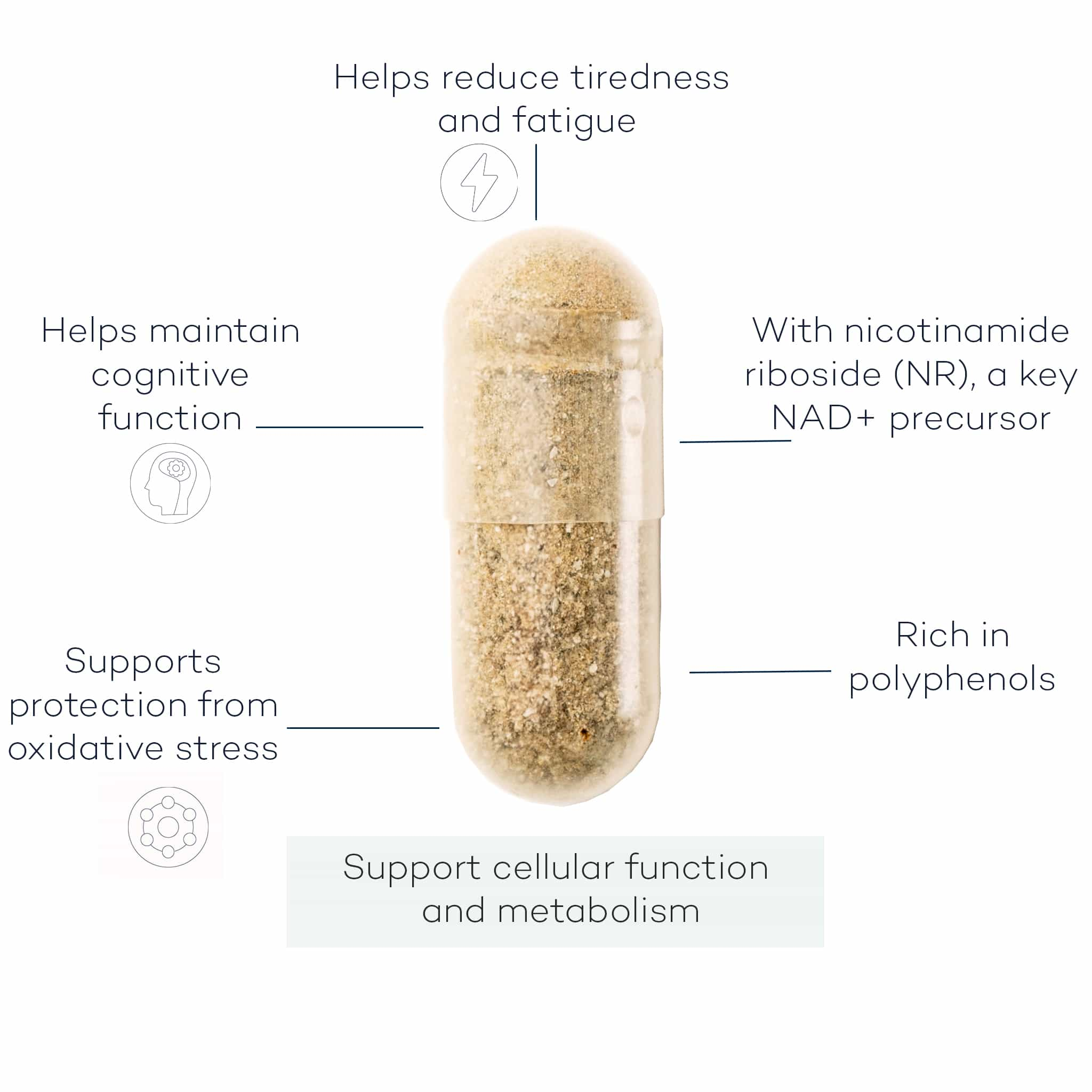
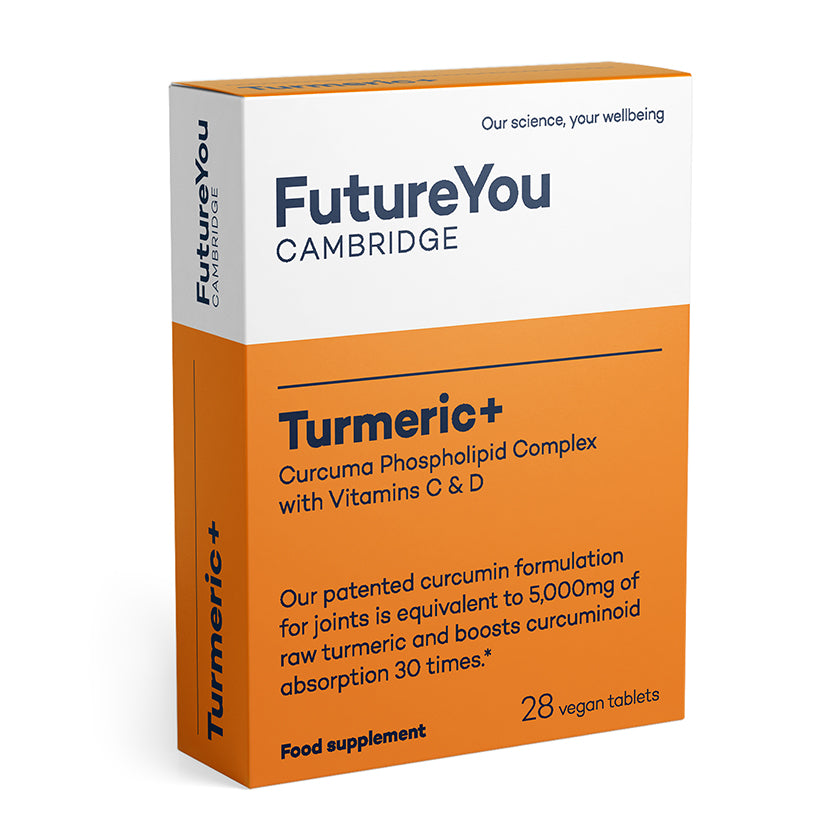
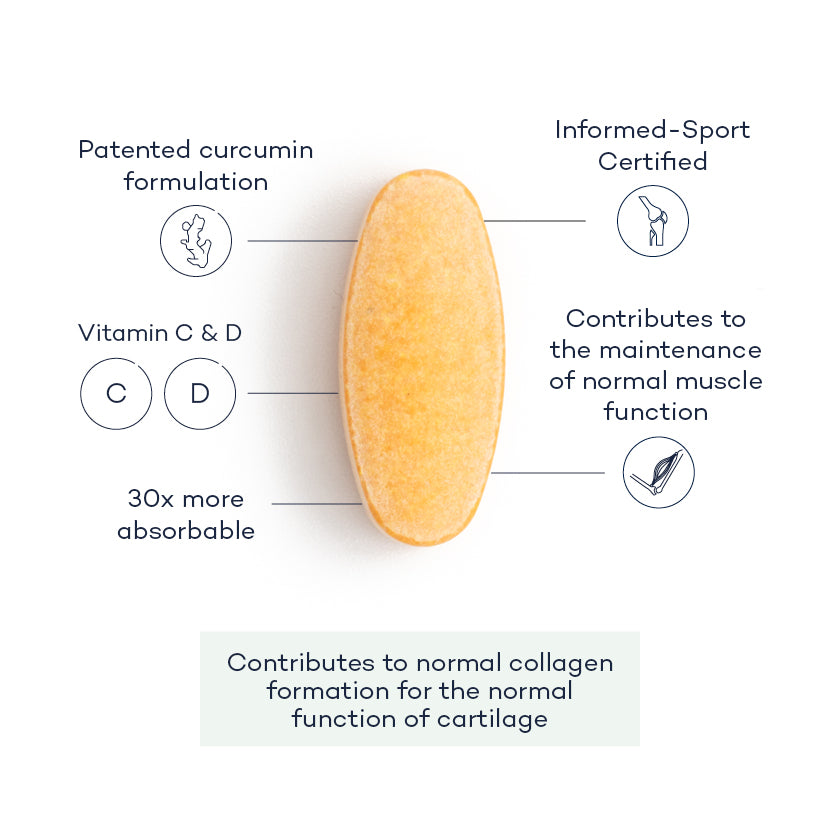
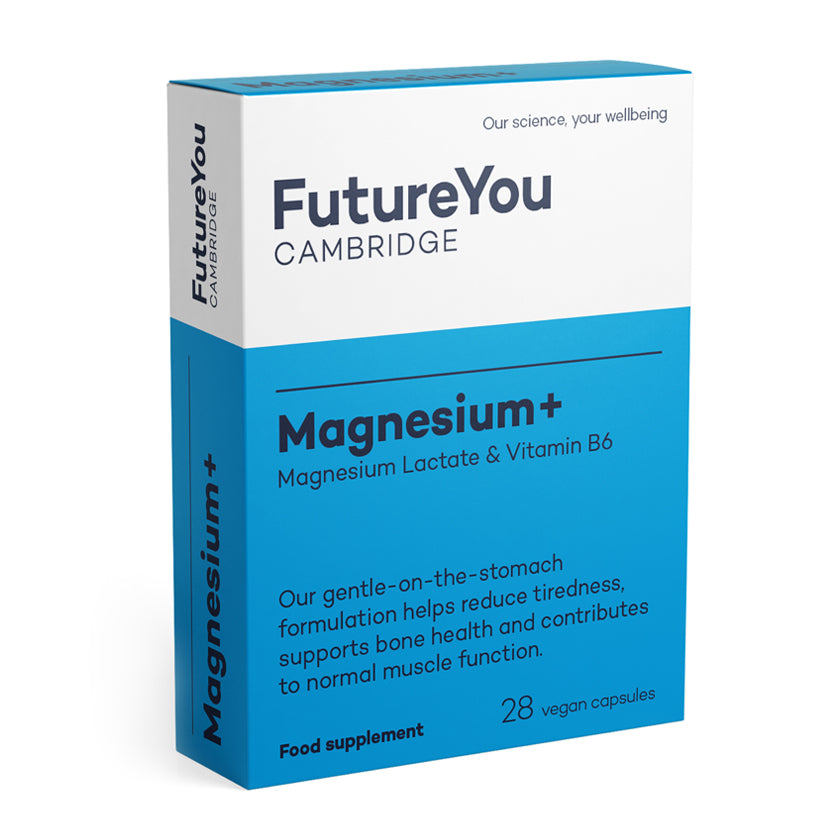
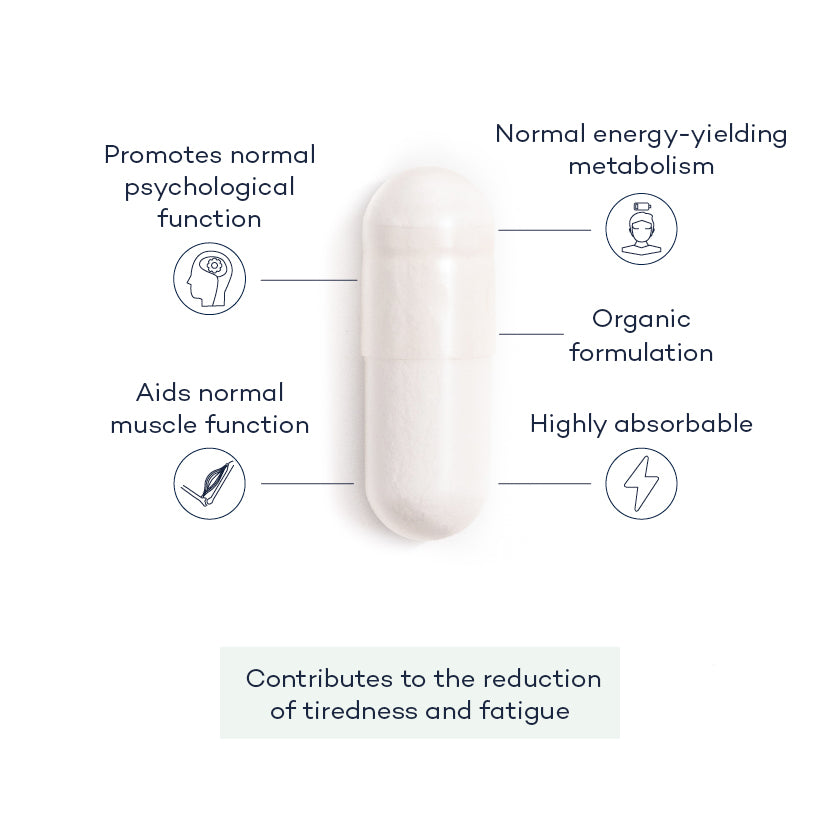
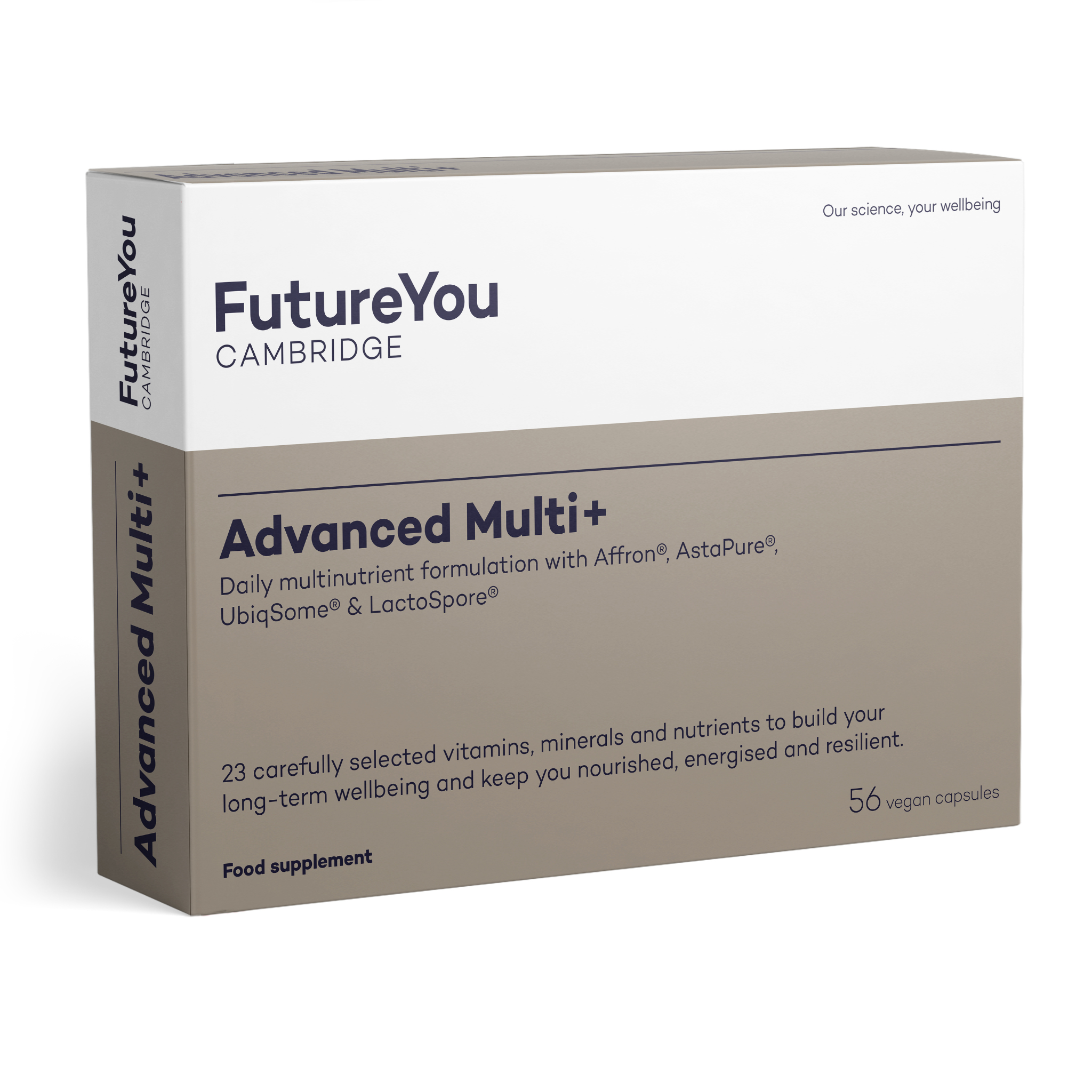
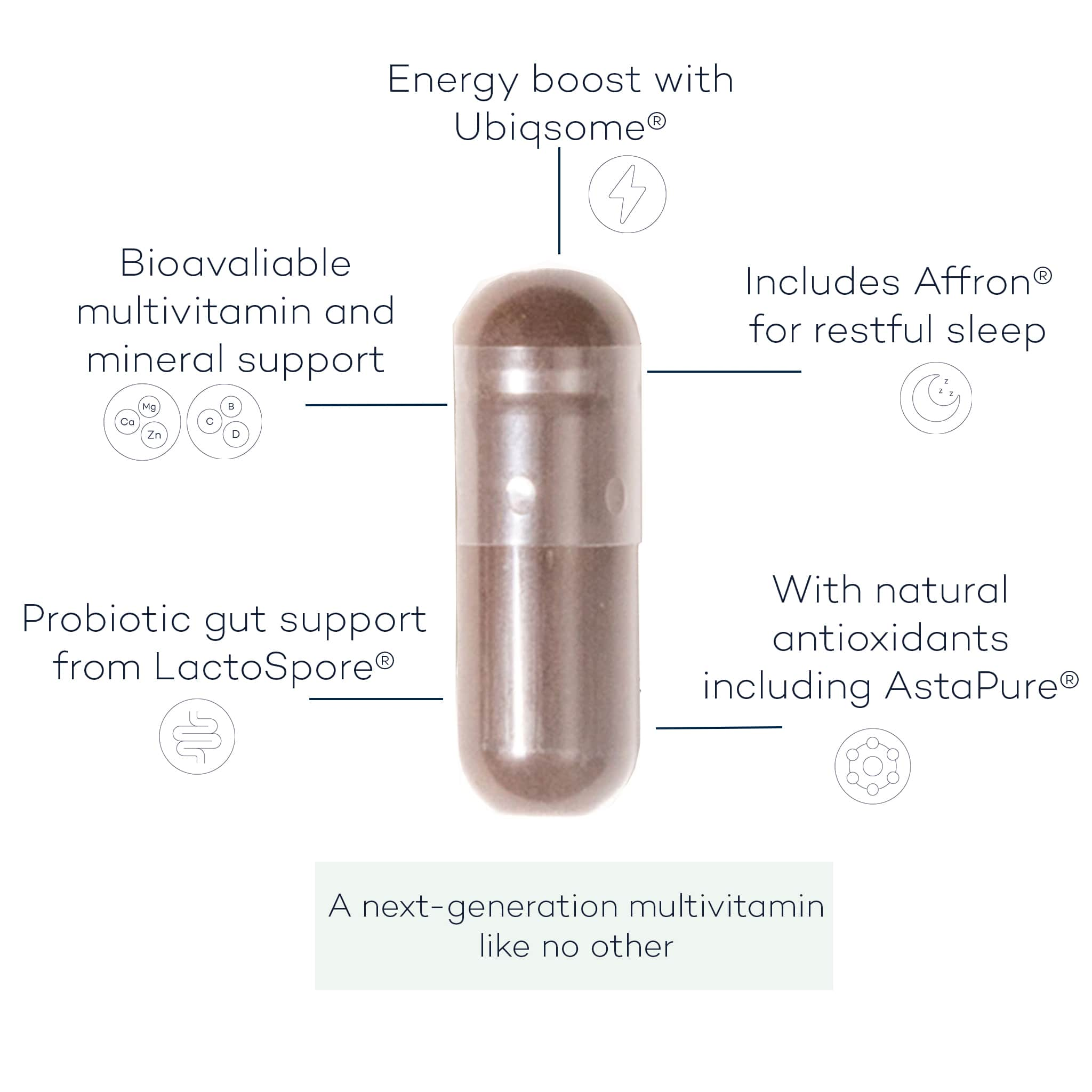
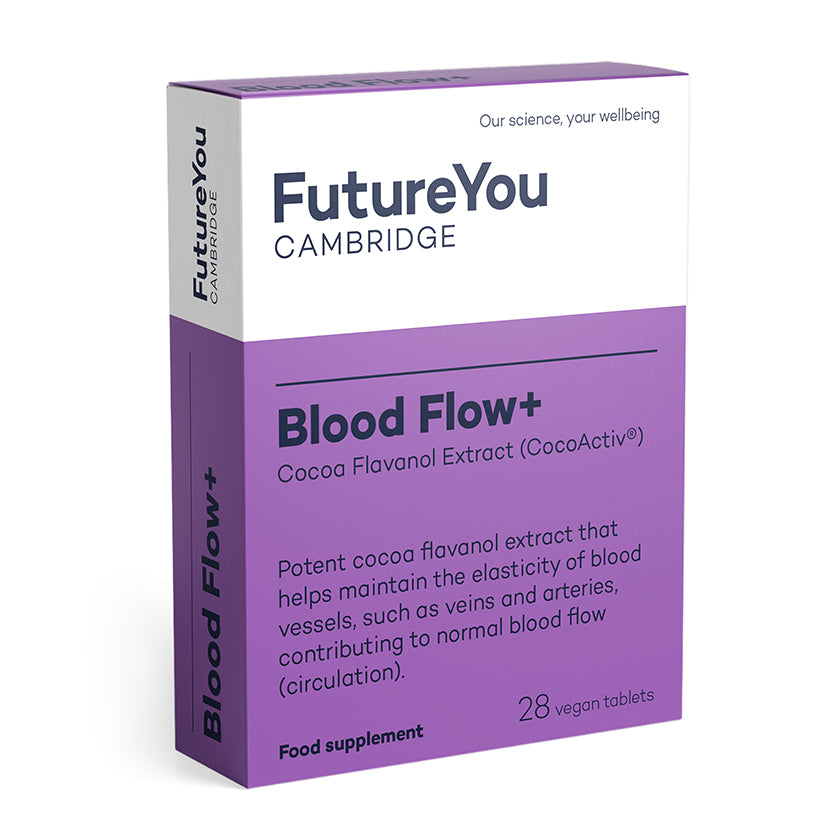
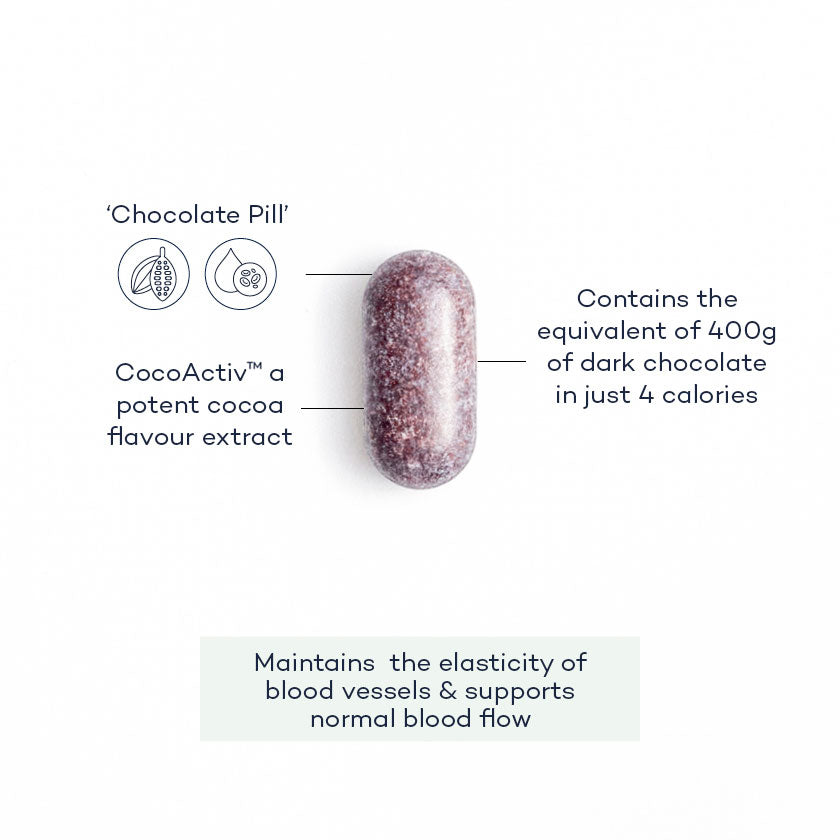
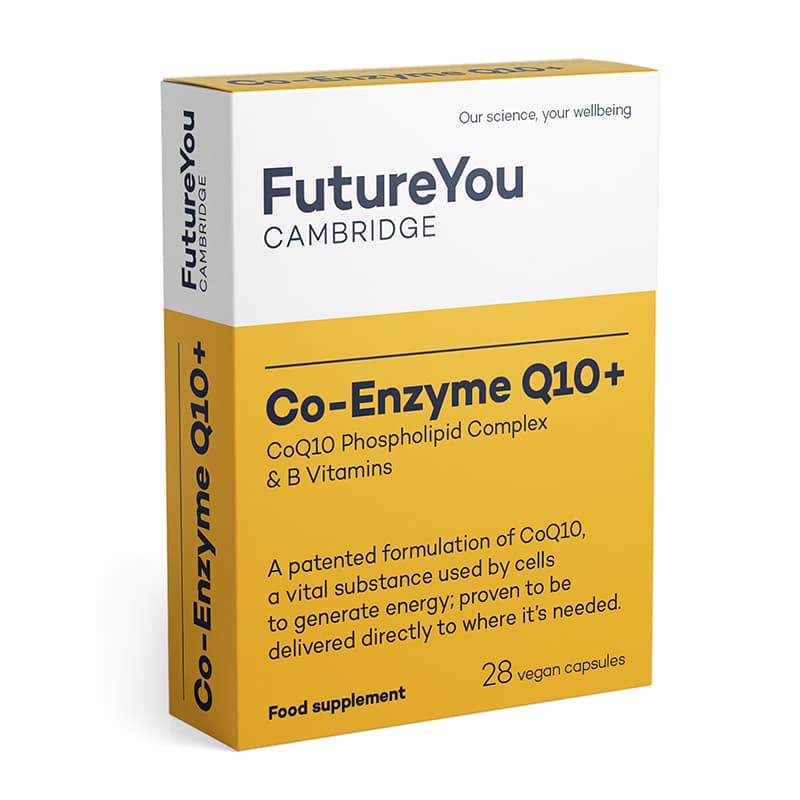
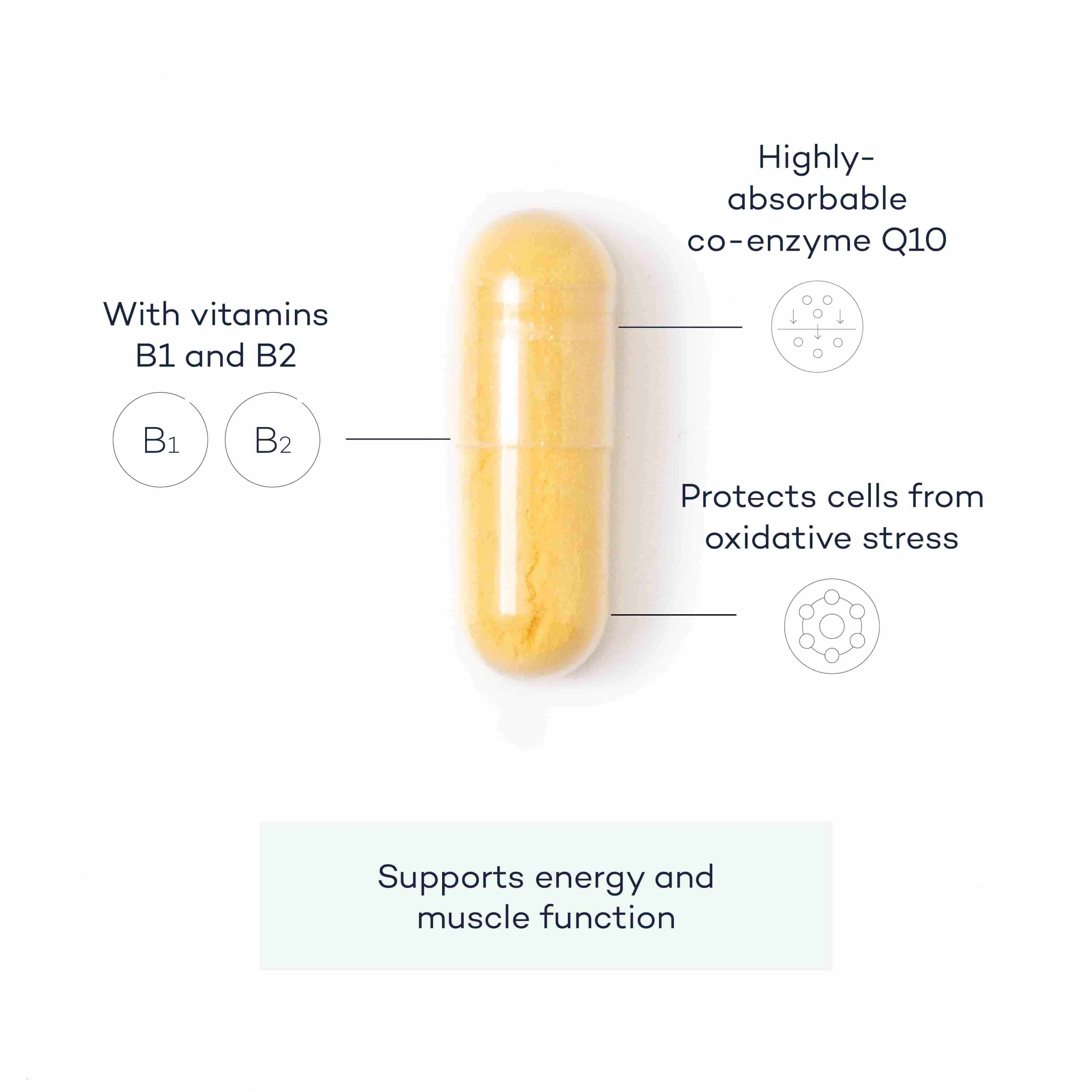
Leave a comment
All comments are moderated before being published.
This site is protected by hCaptcha and the hCaptcha Privacy Policy and Terms of Service apply.